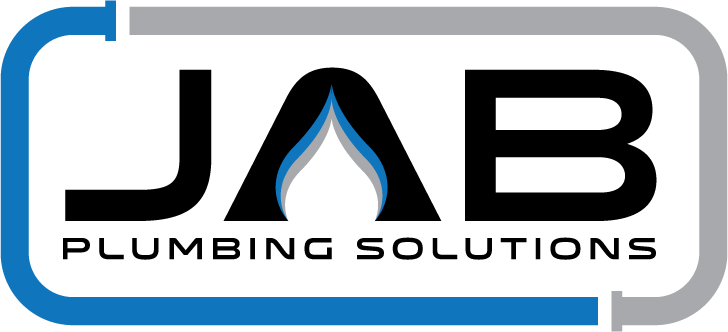Did you know that blocked drains may be caused by the pets in your home? Companion animals shed a lot of hair, particularly in Spring when they start shedding their winter coats. When pet hair enters the wastewater system at your property, it can gradually buildup and amalgamate with other debris in the pipes, causing blocked drains. Some homeowners also flush kitty litter down the toilet, which is another major cause of blocked drains. Below is a list of ways that your pet may be contributing to blocked drains in your home, and some simple prevention tips.
Blocked drains caused by flushing kitty litter down the toilet
Some cat owners are drawn to the convenience of flushable litters because they’re able to scoop a cat's droppings right into the toilet and flush them away. However, even the flushable variety of kitty litter can lead to major blocked drain issues in your Sydney home. Flushable litter is often made up of paper or wood pulp. It can expand when wet swelling in the pipes until they’re clogged. Many toilets now have water saving devices and a single flush might not be sufficient to wash the litter down the pipes. As a general rule, toilets should be reserved for disposing of human waste, paper and water. Placing all other materials in the bin will protect your home from blocked drains.
Blocked drains caused by bathing your pet
Pets that lose hair during the bathing process can easily cause a clogged drain when that hair enters the plumbing system in your home. While it’s less common to wash cats than dogs, many people still do it. Even so-called “non-shedding” breeds of dogs and cats will lose some hair when being showered and are a major contributor to blocked drains.
There are a number of techniques to prevent pet hair from going down the drain. You can install removable drain grates before bathing your cat or dog. They are cheap and readily available at homeware stores and can catch hair before it makes its way into the plumbing pipes. Another method is to brush your cat or dog before bathing them to remove as much loose hair as possible. Daily brushing removes dead hair and stimulates fresh healthy growth. A healthy coat is less likely to lose hair and cumulative dead hair will not build up. Alternatively, bathe smaller pets in a tub and dispose of the water outside in the garden.
Blocked drains caused by washing clothes and linen covered in pet hair
While a washing machine’s lint filter catches some pet hair before draining, all washing machines discharge lint. The amount of lint discharged is directly linked to how much lint or pet hair the clothes have on them when they go into the machine. When pet hair gets wet, it forms clumps that stick to the sides of you washing machine and that clog drains. The wet clumps of hair can prevent water from draining properly, stressing your home's plumbing.
Preventing pet hair from going into the laundry drains and causing a clog is simple. The first step is to remove as much pet hair as possible before placing items into the washing machine. You can use a lint roller to do this or put the items into the dryer for ten minutes prior to washing. Set the dryer to a no heat function. Simply running the laundry through a tumble cycle will loosen the fabrics and pet hair. When the dryer is done, take out the laundry, give it one last shake to remove any remaining pet hair and put it in the washer. It’s also a good idea to clean out the lint filter on your washing machine after every wash. The cleaner the lint filter, the more effective it will be in catching pet hair and preventing blocked drains.
Call Sydney’s leading blocked drain plumbers
JAB Plumbing Solutions are specialist drainage plumbers and our main focus is drain installation and blocked drain repairs. Our licensed and experienced plumbers can quickly clear blocked drains caused by pet hair. All of our plumbing trucks are fitted with jet blasting machines which can quickly remove virtually all traces of sediment from blocked drain pipes.







